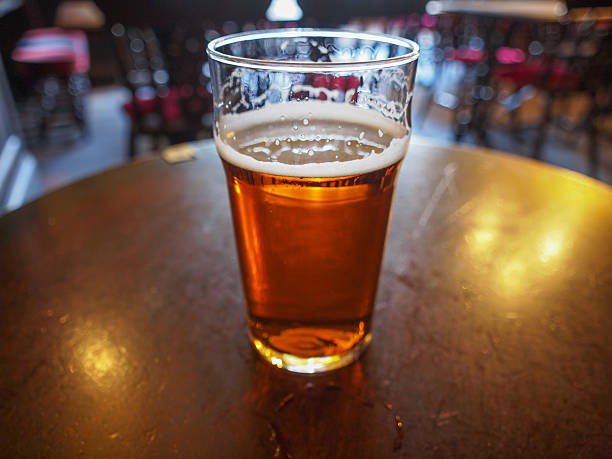This website uses cookies so that we can provide you with the best user experience possible. Cookie information is stored in your browser and performs functions such as recognising you when you return to our website and helping our team to understand which sections of the website you find most interesting and useful.
Short measures of beer and wine are ‘widespread’
The Chartered Trading Standards Institute (CTSI) has claimed that the majority of beer in the UK’s pubs and bars is being short-measured as well as almost half of wine.

The findings from Trading Standards officers comes from a report on 77 pubs, which found that there were 96 short measures out of 137 total orders.
Two-thirds of all drinks, around 70%, were less than the prescribed quantity required by the Weights and Measures Order for pints and half pints and 175ml glasses of wine.
As a result of the findings, 86% of beer ordered was short measured and 43% for wine.
In terms of the amount that the drink was short measured, 41 drinks were by more than 5%, which is just under a third (29%) of all the drinks tested.
The average deficit for short-measured beer was 4% and 5% for wine.
Financial hit
The short-measuring means the average beer drinker is losing £1.70 per week or around £88.40 a year with the average wine drinker losing even more, at £2.20 per week or £114.40 a year, according to the CTSI.
The largest short measures were all for serves of wine. The worst example was in Walsall which was 15% under the correct serve of 175ml, and cost £3.20, the second largest was in Belfast, where a glass of wine was 13.4% under, and in third place was in Havering, where a glass was 12% below the required level.
Shrinkflation
The comes at a time of ‘shrinkflation’ when food and drink quantities have been reduced but prices have stayed static or risen.
In terms of alcohol, the previous focus had been on producers reducing ABV but keep prices stagnant, but now it appears the quantity of booze is also being cut.
According to the Office of National Statistics, the average price of a bottle of red wine increased 8% in 2023, and the average cost of a pint of lager rose by 5.6%
The average price of a bottle of red wine has increased by 8% in the last year, while the average cost of a pint of lager is up 5.6%, according to the Office for National Statistics.
Head on beer
One of the most controversial elements of a short measure is the frothy head on a pint of lager.
Although it is legal for the frothy head on a pint of beer to be included in the measure, and The Campaign for Real Ale states a pint measure should not include the head, many beer experts maintain certain types of Czech Pilsners and lagers should have a sizeable head.
This is because it is important for flavour, and it is also considered the the correct serve for the style.
The CTSI’s survey was split on the general public’s view on the issue, with just over a third (35%) of the public feeling the head should not be included in the pint measure, with almost a quarter (23%) believing it should be.
Snapshot
Speaking about the findings, the chief executive of CTSI, John Herriman, said the report was a “snapshot” but also said it was the first time that Trading Standards officers were able to prove “how widespread short measuring of alcoholic drinks are”.
He said: “Weights and measures is a key role for local authority Trading Standards, but right now we simply don’t have the resources to allocate, and even the equipment to use, to undertake spot checks that ensure consumers are getting what they pay for.
“We are calling on the hospitality sector to ensure that consumers get value for money by making sure they are correctly measuring the drinks they are serving to customers in the nation’s pubs and bars, and for further research in this area.”

